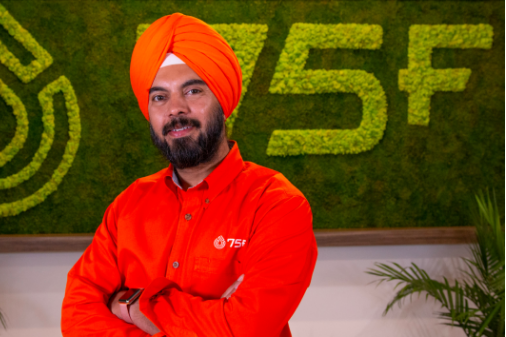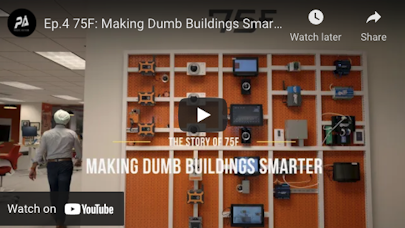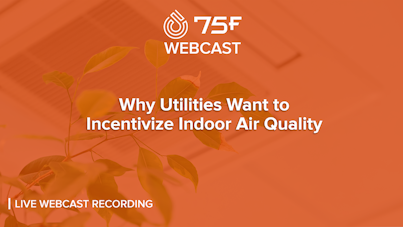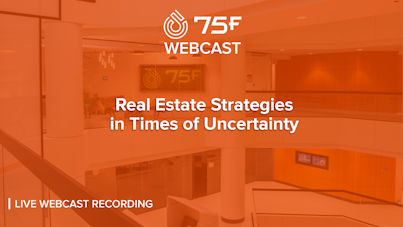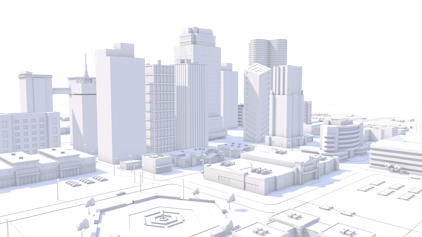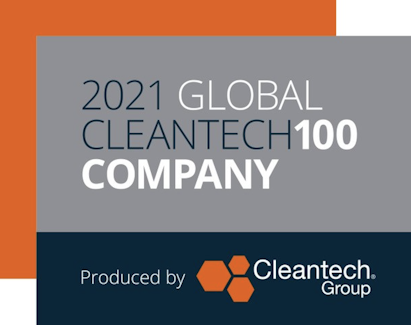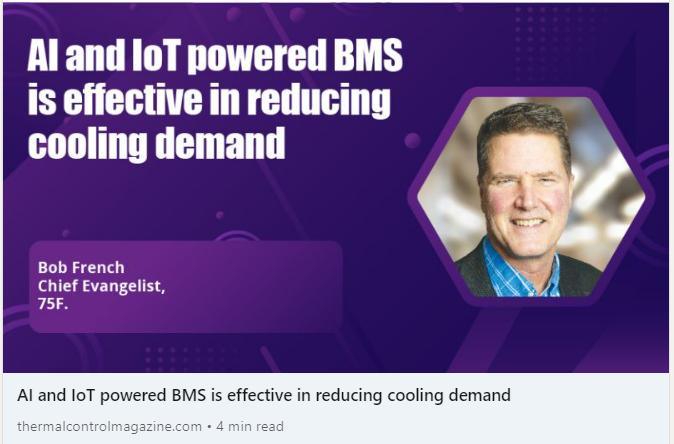
AI and IoT powered BMS is effective in reducing cooling demand
IoT-based sensing and monitoring hardware communicate building system data to the cloud every 60 seconds, bringing visibility.
HVAC industry outlook this year in the country
The global HVAC industry witnessed an impressive growth rate of 7.2 percent till 2021, attributed to continued growth in construction sector revenues. During the forecast period (2019-2024), the Indian market is expected to surpass this with a size of $5.9 billion by 2024, growing at a CAGR of 7 percent. A growing number of high-rise buildings, hypermarkets in Tier-II cities, and shopping complexes and malls, where HVAC systems are essential, are driving the growth of the market. This gets augmented by the government’s spotlight on the ongoing smart city projects in the nation. The HVAC market displays an increased focus on energy efficiency by manufacturers and consumers as well.
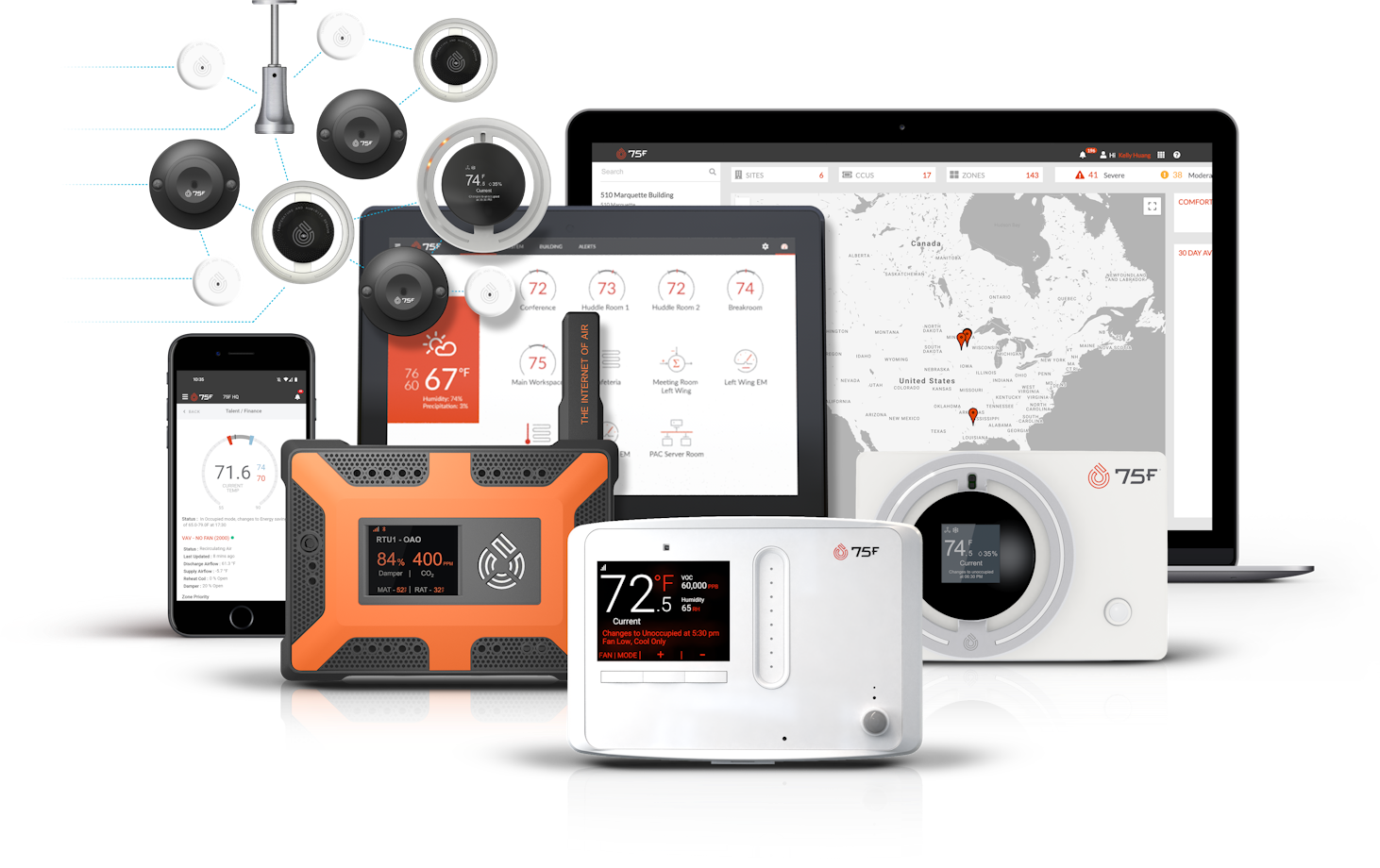
India Cooling Action plan is proactive for a better well-being
The temperatures are rising globally. Coupled with temperature rise, India’s impressive economic growth and projected increase in building footprint spells out a huge incoming demand for cooling – across both residential and commercial sectors. Without smart intervention, this rise in cooling demand will have broad-reaching negative effects on energy structures and the environment. I think the India Cooling Action Plan is proactive and essential to improving quality of life while keeping grid demand and energy use in check.
BMS and AI role in reduction of cooling demand and better performance.
We are simply not prepared to counteract the increasingly negative effect – the buildings have on the environment with the HVAC equipment and controls available today, which are commonly expensive and complicated to deploy. Building Management Systems founded on AI and IoT are instrumental in reducing cooling demand on a large scale. Since, they are simpler and more affordable to implement, while delivering more sophisticated energy efficiency benefits to end users.
An IoT-powered BMS, for example, does not require custom programming or communication wires between devices. The building data points are immediately available in the cloud after installation for real-time analytics and control. Meanwhile, a building with an IoT based BMS is smart enough to know which zones need more conditioned air. Also, which ones require less energy and can automatically adjust control algorithms accordingly. The result is much better building performance at a price and complexity most building owners can justify.
75F HyperStat upgraded that integrates with other controls
75F is a vertically integrated, full-stack solution. We don’t use other technologies in our stack, though we made sure to craft an open system that integrates easily with others. For example, the 75F HyperStat was recently upgraded to include a BTL-certified BACnet MS/TP interface for use with other BMSs
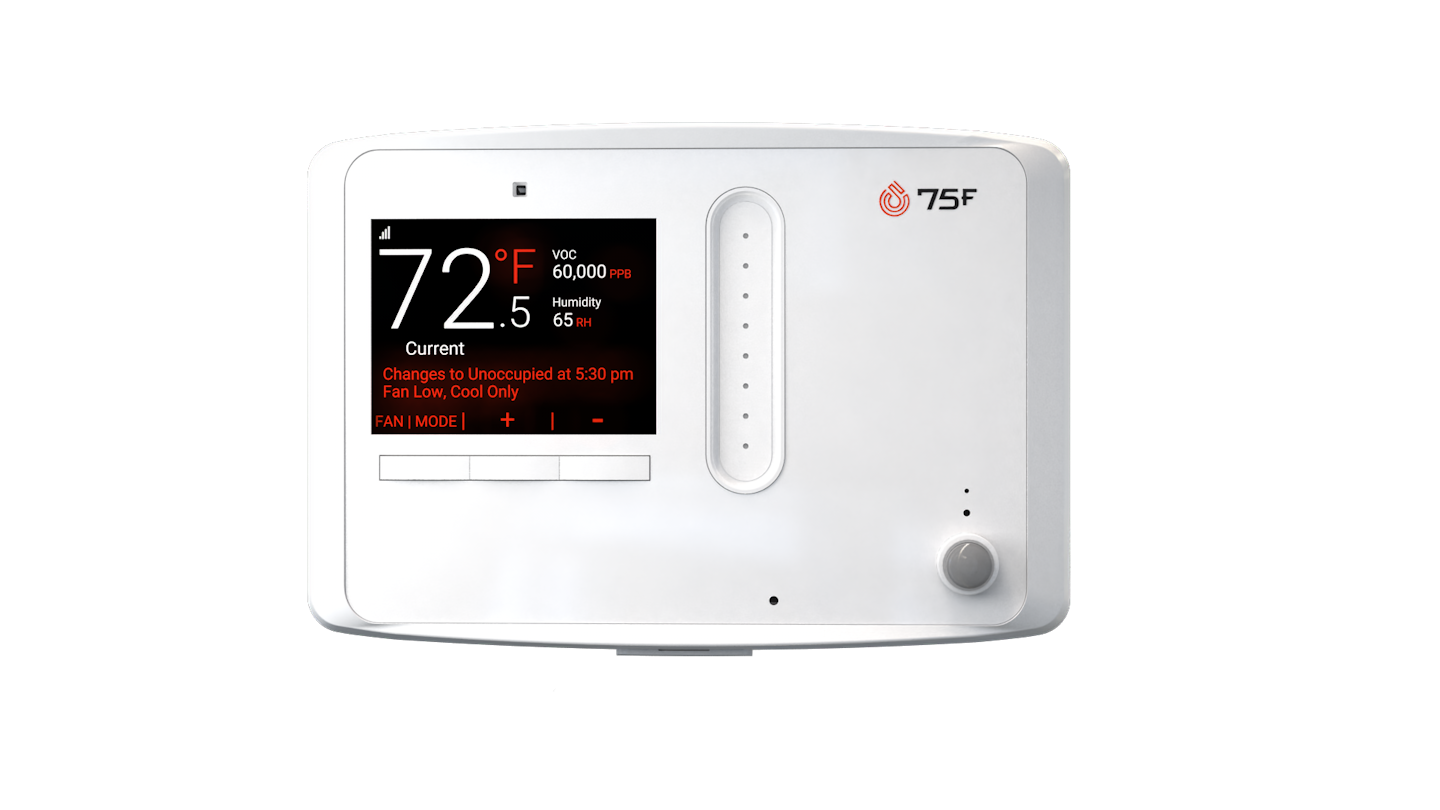
ACREX an opportunity for us
Much of contribution is needed as ACREX 2023 will be happening after a break of two years. It is a great opportunity to engage with leading HVAC consultants, Architects, and OEM players in the industry. The HVAC and building automation market has grown significantly in India in the last decade. The market is validating the impact of IoT and cloud-based building management systems to save energy and to improve the well-being of the occupants, and we want to become a crucial part of that transition. ACREX can provide us with that opportunity to be seen as a de facto market leader in the building automation industry.
Products launch and HVAC technologies to be at display
At ACREX this year, visitors to the 75F booth can expect to see and interact with our core hardware and software product suites. They can learn how an IoT-based system works physically in a building and experience a cloud-based user portal. Additionally, we are also going to launch a few new hardware products, a couple of applications, and exciting new features. Visitors at the booth will also get to know the minds behind these new products as they will directly interact with our product managers and solution specialists.
Advancements in monitoring instruments digitalise the HVAC sector
Right now, the HVAC sector is almost entirely offline. This poses several problems for equipment diagnostics, real-time and remote control, analytics, and more. IoT-based sensing and monitoring hardware communicate building system data to the cloud every 60 seconds. This brings visibility that is typically only available onsite to anywhere with an Internet connection. HVAC monitoring instruments with Modbus RTU protocol can be rapidly integrated to gain remote notifications and insights leading to optimised system control.
